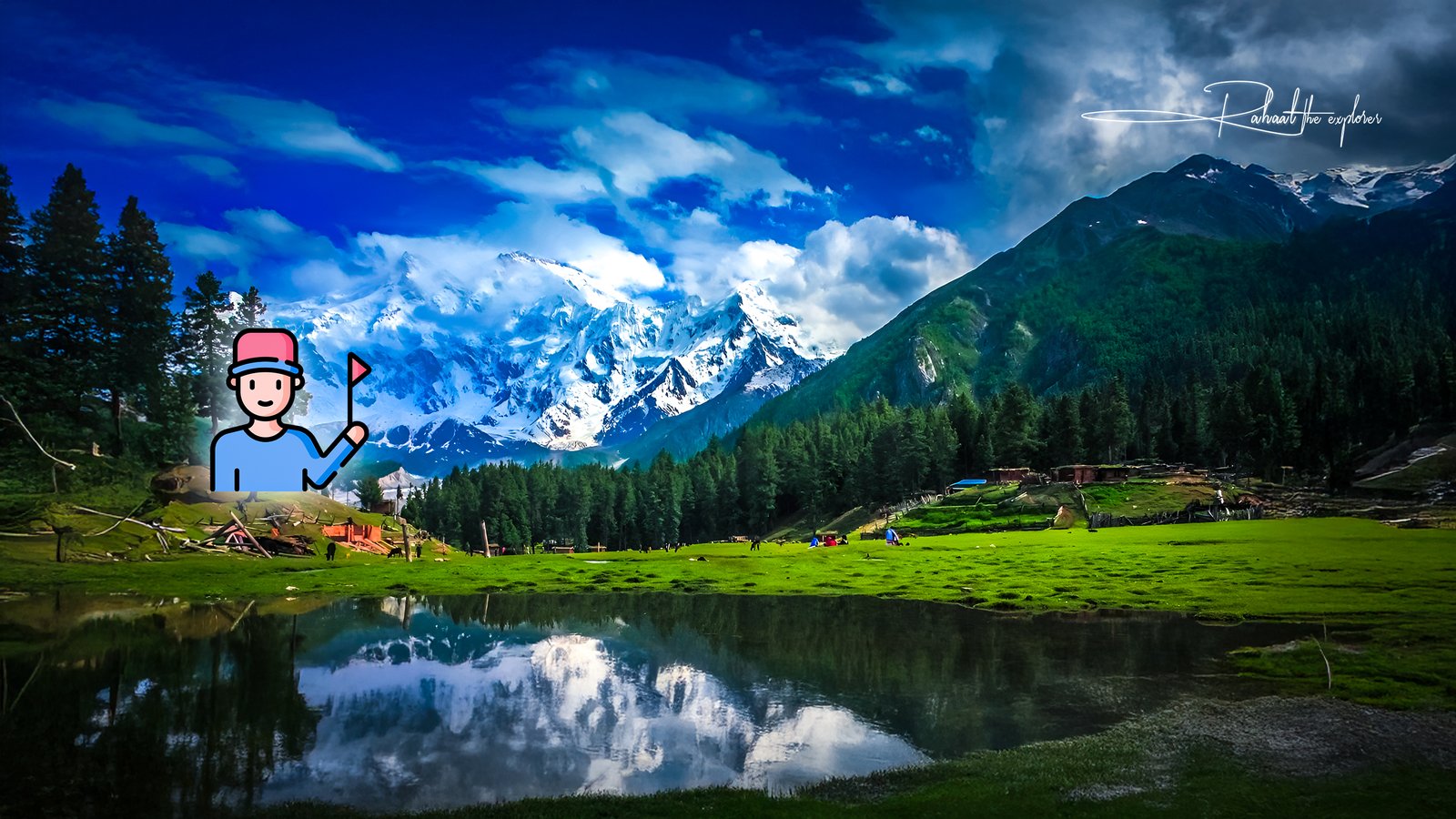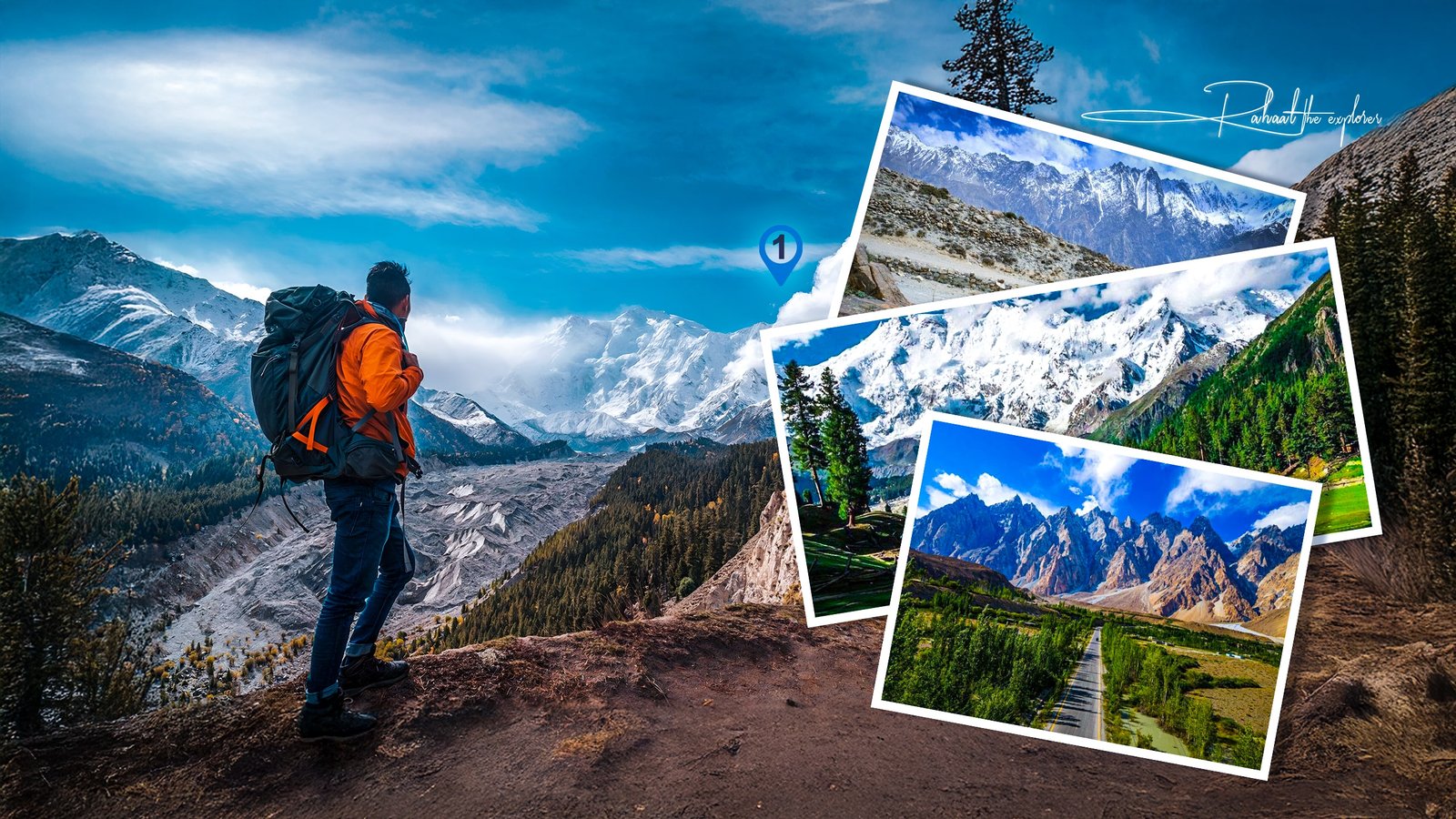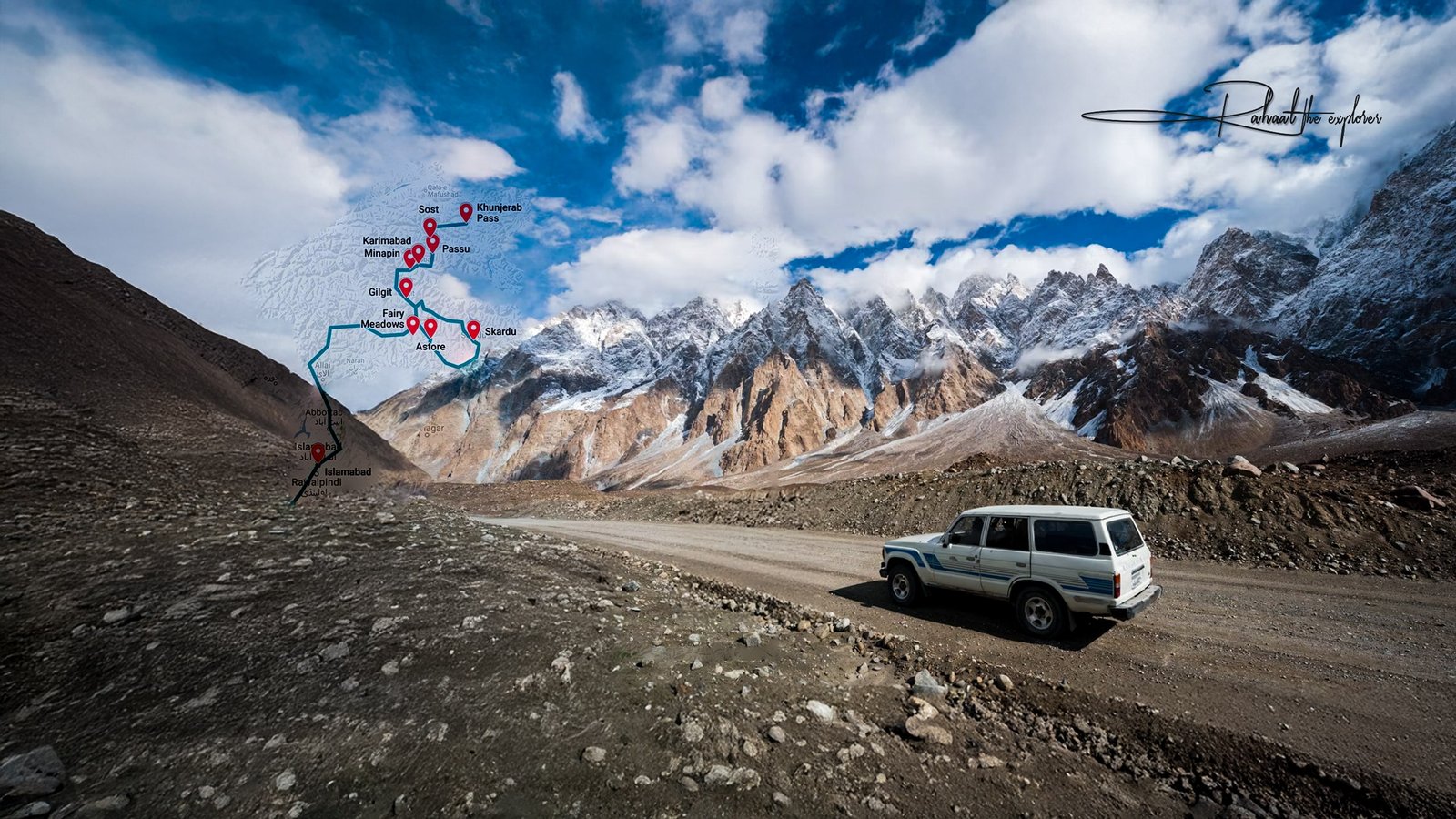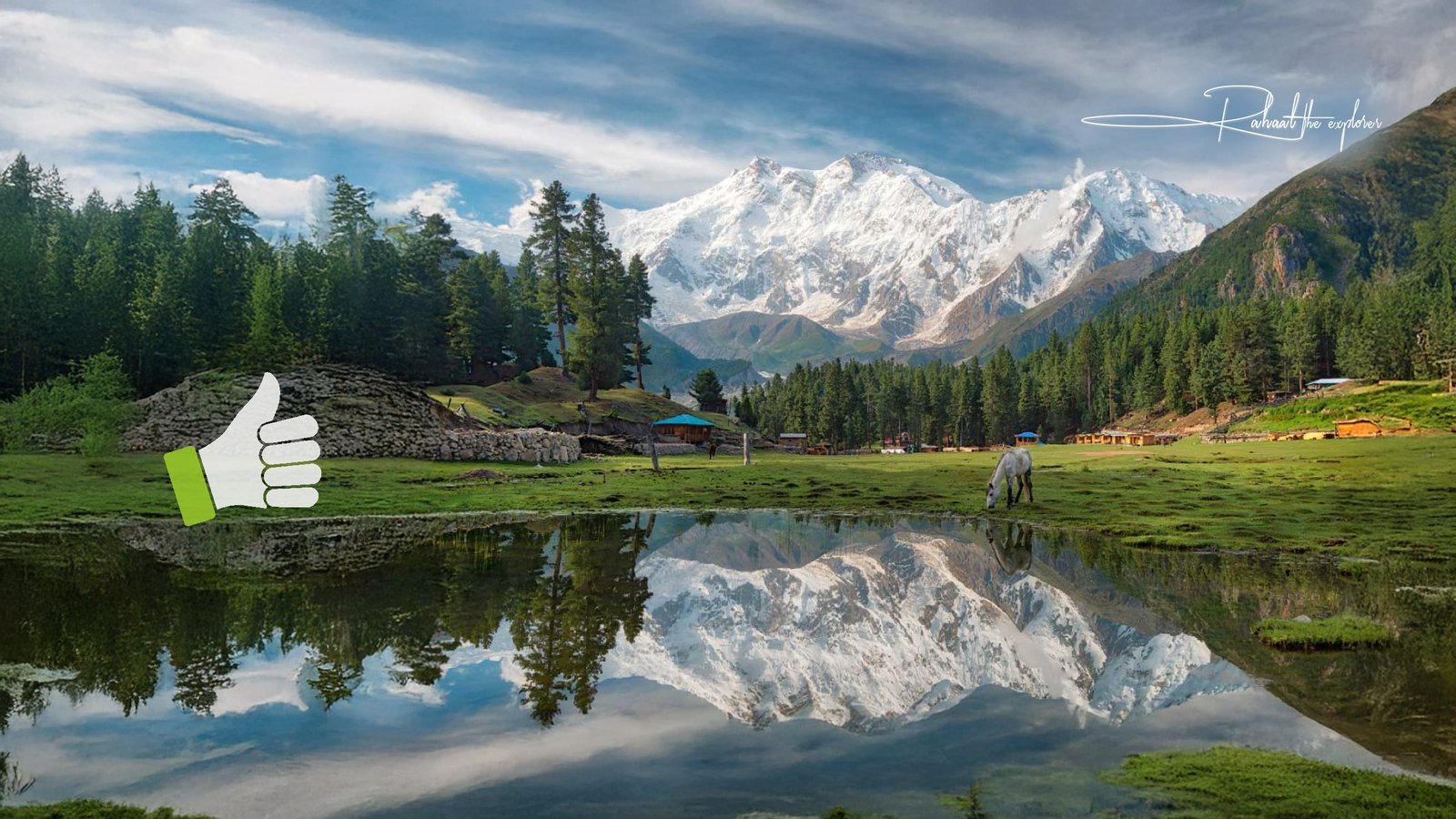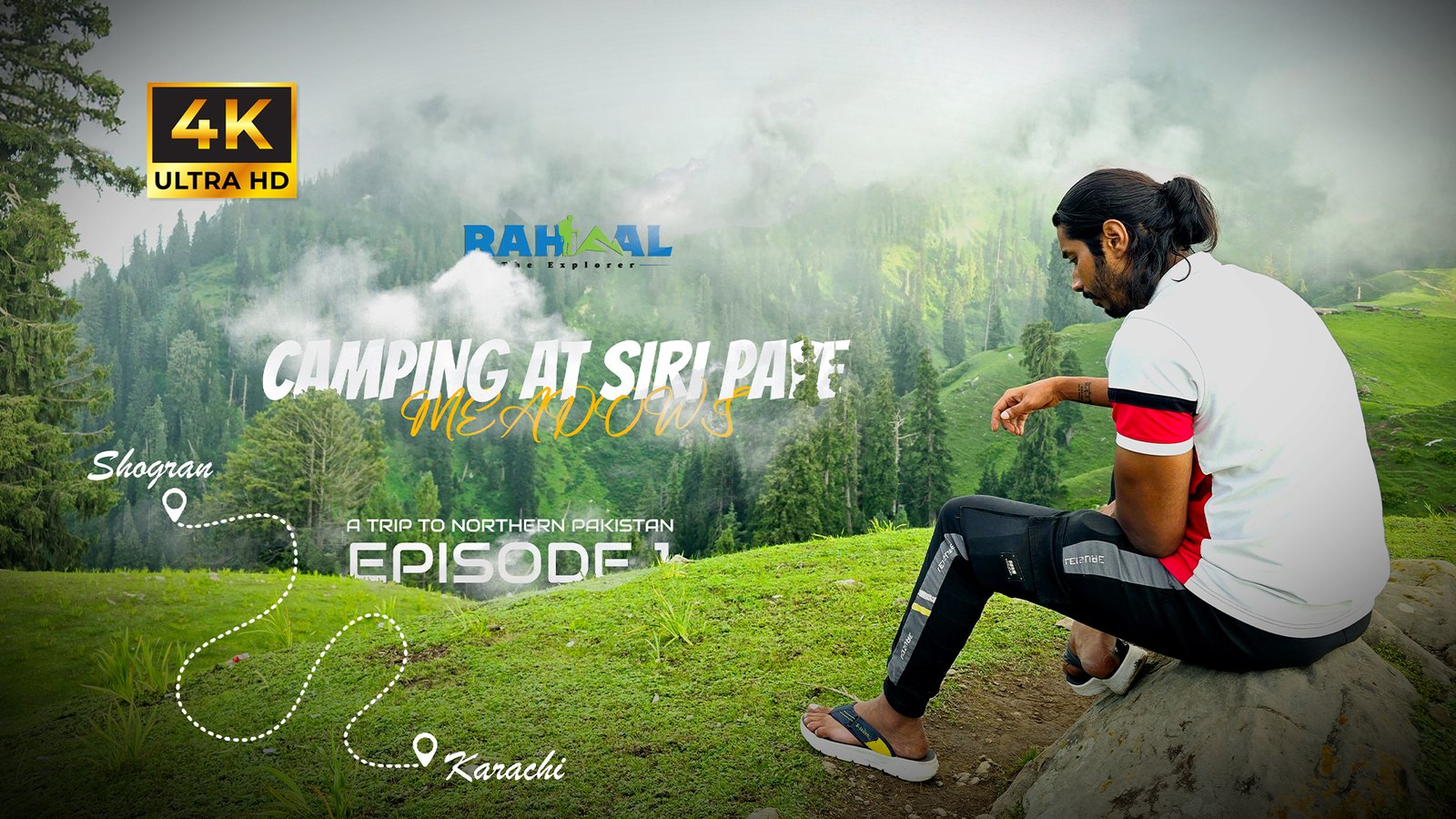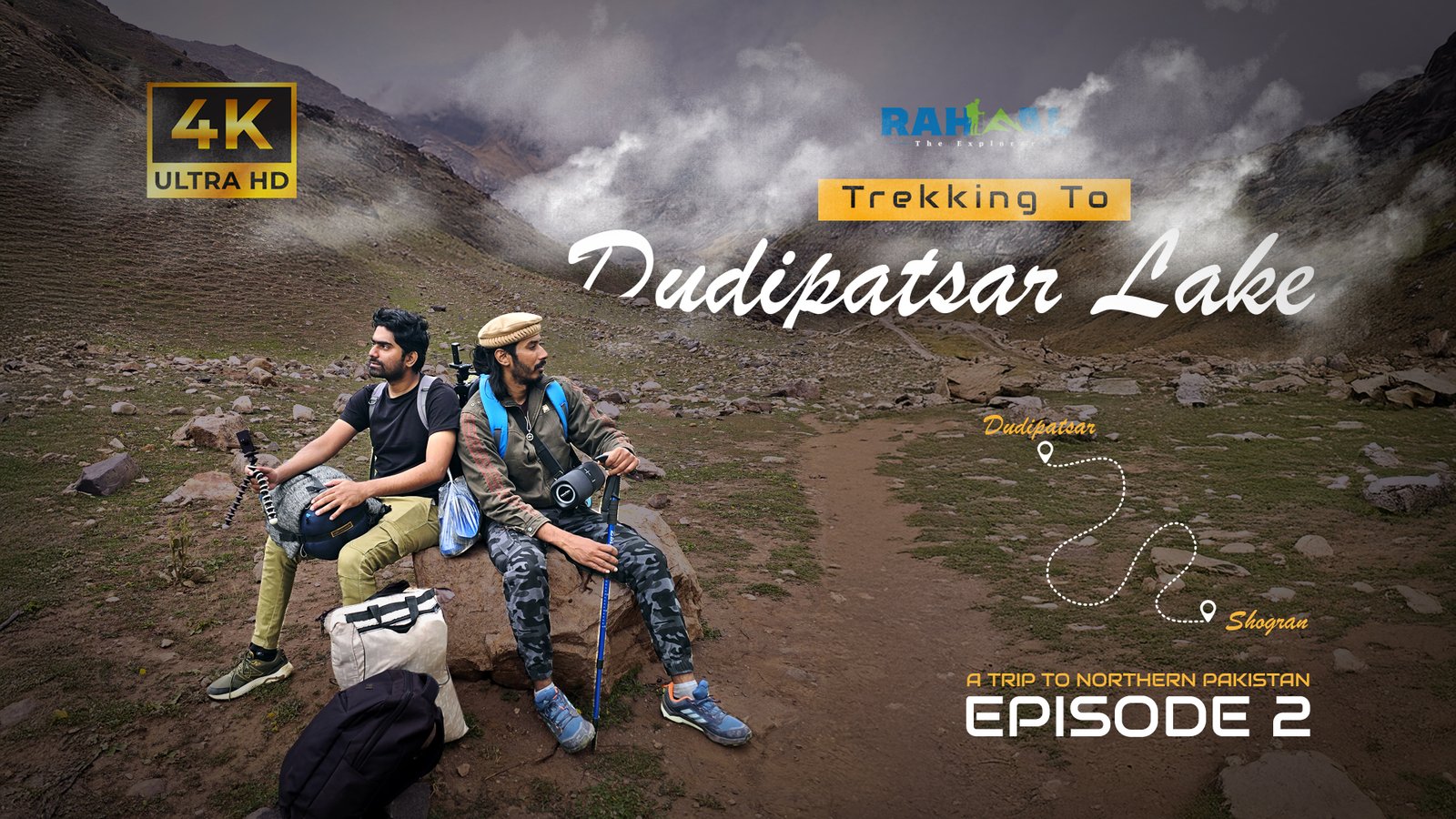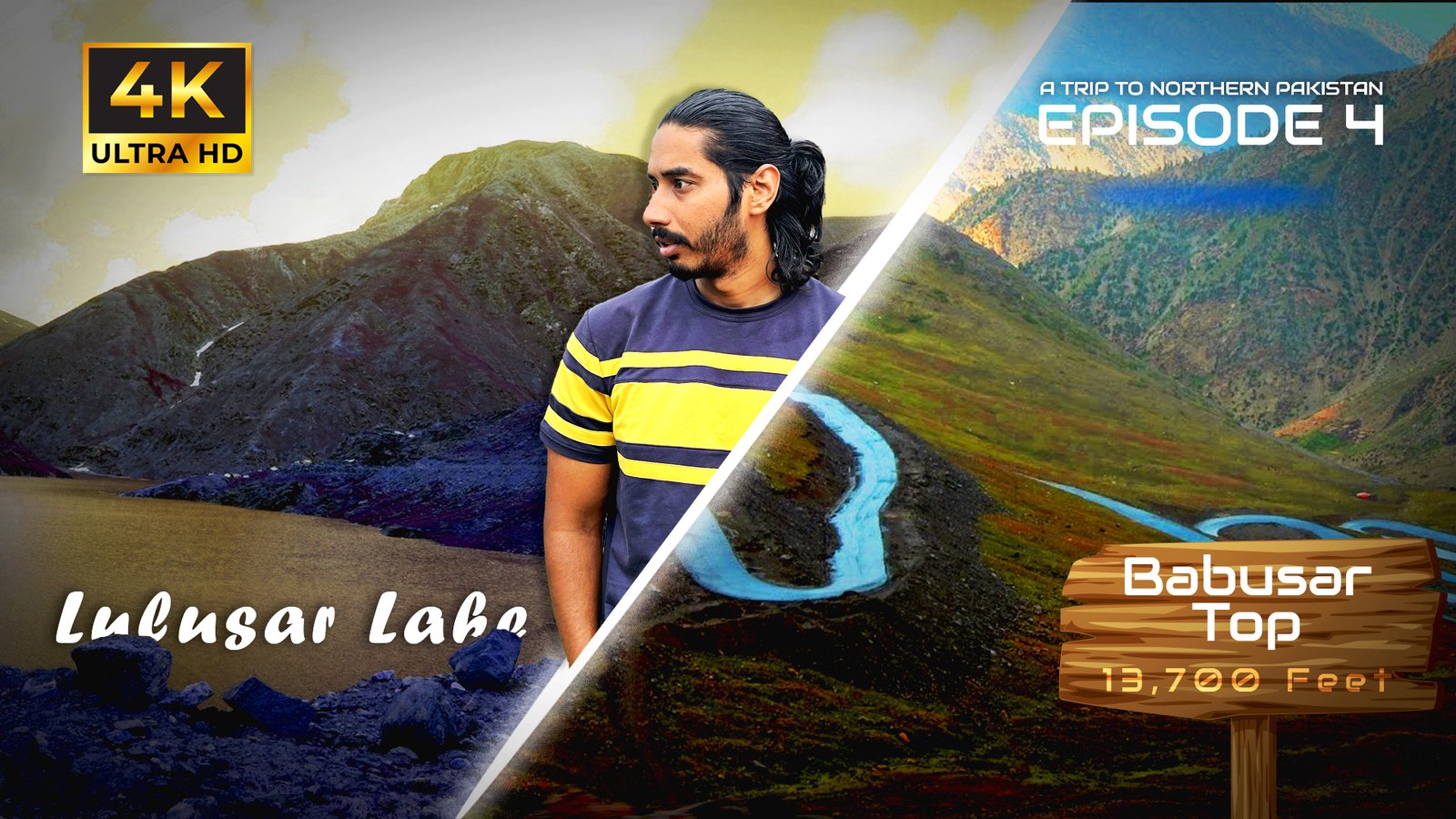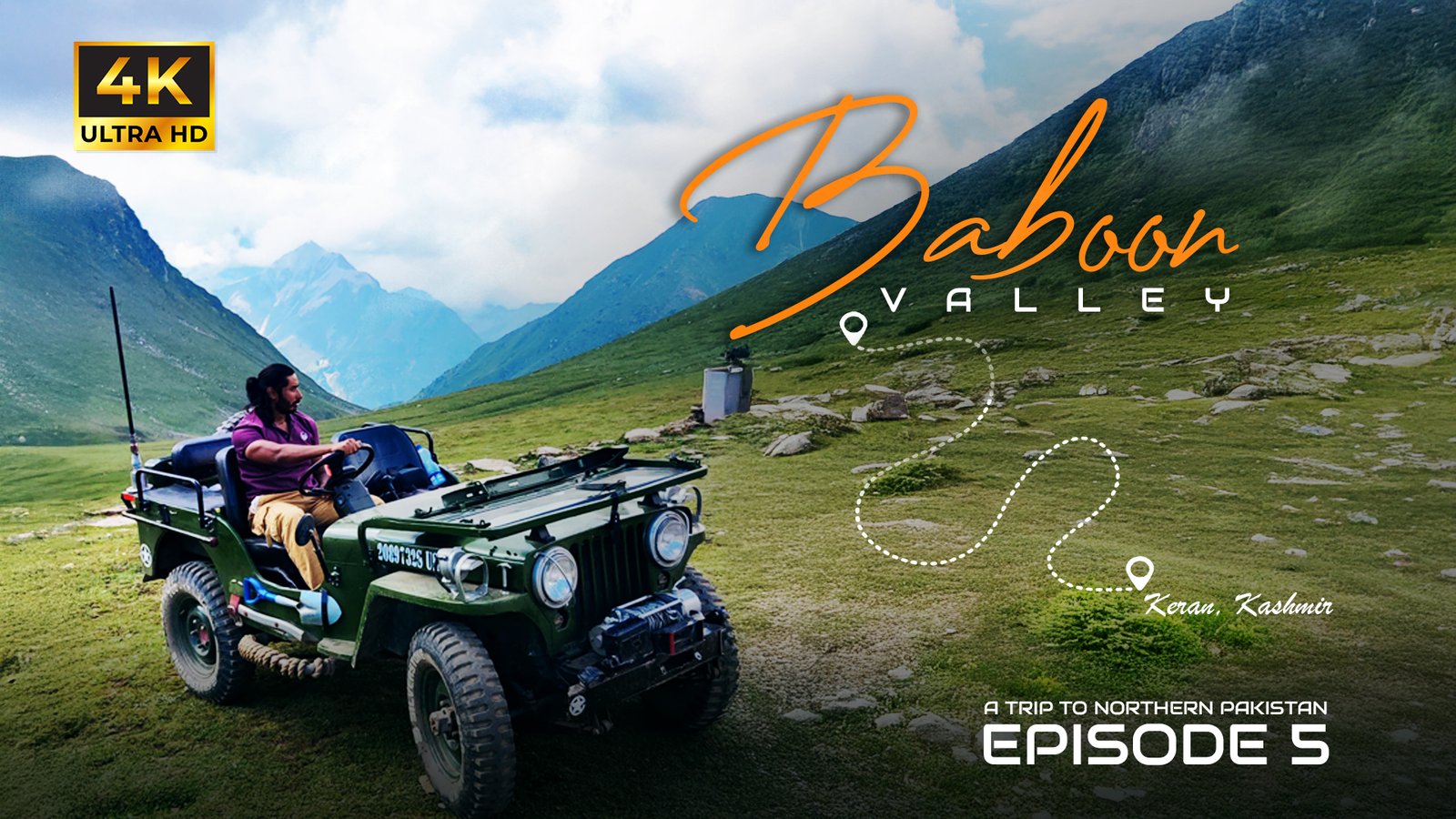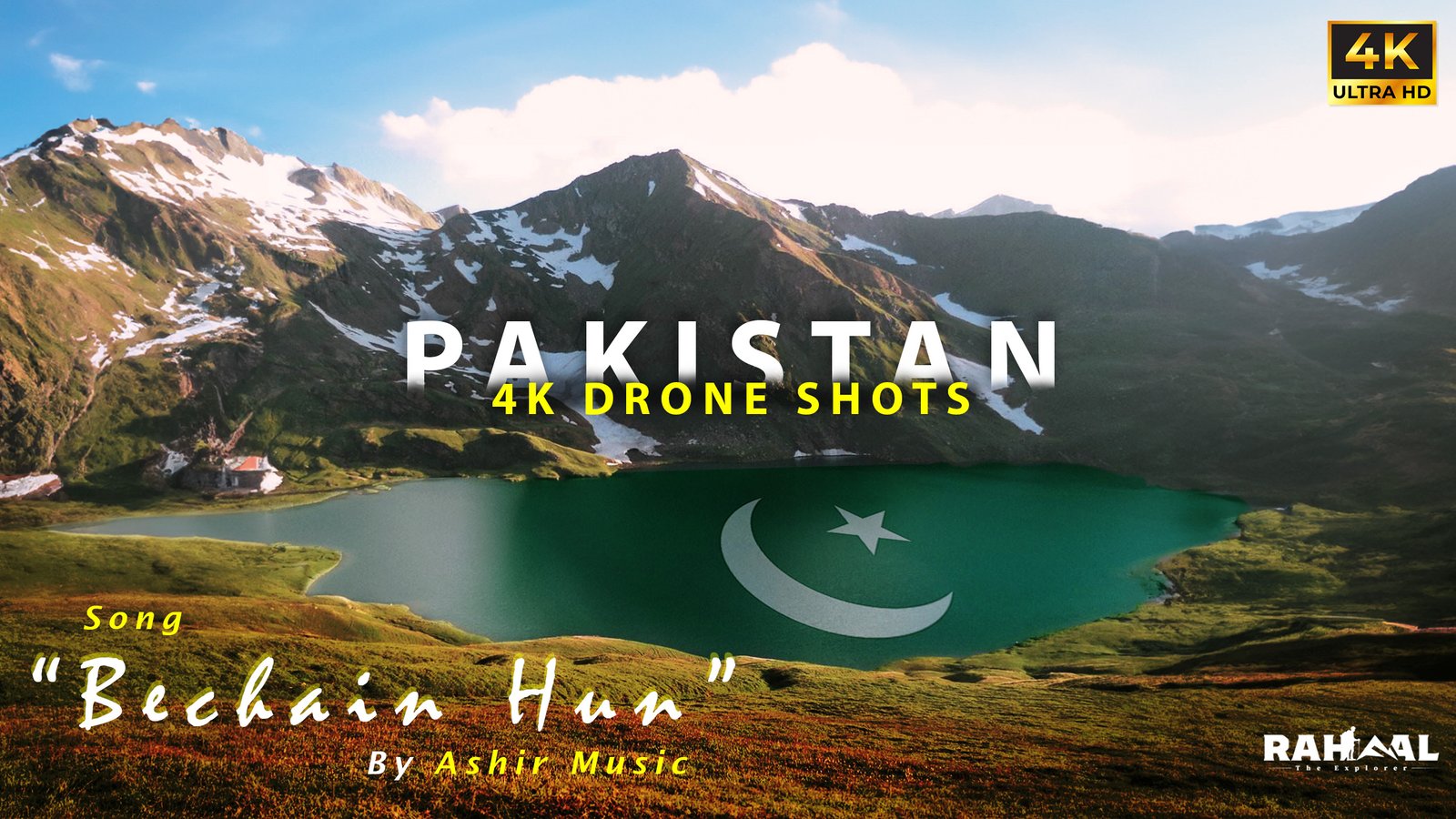Introduction
Few places on Earth can make you feel both humbled and inspired like Redwood National and State Parks in Northern California. These towering forests — home to the tallest trees in the world — offer photographers, travelers, and nature lovers a rare glimpse into ancient wilderness.
In this comprehensive guide, we’ll explore the most stunning photos of Redwood National Park, uncover where and when to capture them, and share tips for taking breathtaking pictures that do justice to these giants. Whether you’re a professional photographer or an explorer documenting your journey, this post is designed to help you plan a picture-perfect adventure through one of the world’s most awe-inspiring landscapes.
Where Is Redwood National Park?
Redwood National and State Parks (RNSP) are located along California’s rugged northern coast, near the Oregon border. The park complex spans over 131,983 acres, including Redwood National Park and three California State Parks: Prairie Creek Redwoods, Del Norte Coast Redwoods, and Jedediah Smith Redwoods.
- Location: Northern California, USA
- Nearest Cities: Crescent City and Orick
- Distance from San Francisco: Approximately 325 miles north (about 6 hours by car)
- Best Access Points: US Highway 101 and Newton B. Drury Scenic Parkway
The Magic of Redwood National Park Photos
Taking photos in Redwood National Park isn’t just about documenting trees — it’s about capturing scale, light, and emotion. The towering redwoods, reaching heights of over 350 feet, stand in misty, ethereal groves that change dramatically with the weather and time of day.
Photography here is a sensory experience — the scent of damp moss, the echo of birds, and the shafts of golden sunlight filtering through the canopy make each frame feel alive.
Top Photography Spots in Redwood National Park
If you’re searching for the best places to capture Redwood National Park photos, the following locations should be at the top of your list:
1. Lady Bird Johnson Grove
One of the park’s most photogenic spots, Lady Bird Johnson Grove offers a network of trails through dense redwood forest. The fog that often blankets this area gives photos a dreamlike quality.
Tips for photographers:
- Visit early morning for mist and soft lighting.
- Use a wide-angle lens to emphasize tree height.
- Capture people or objects for scale.
2. Tall Trees Grove
Accessible by a permit-only trail, this secluded area contains some of the park’s tallest known redwoods, including Libbey Tree and Tall Tree.
Photography Highlights:
- Play with perspective by shooting from ground level upward.
- Use HDR settings to balance shadow and light.
- Perfect for serene, untouched landscape shots.
3. Fern Canyon
This narrow, fern-lined canyon looks like something out of a movie — and it is. Fern Canyon was famously featured in Jurassic Park 2: The Lost World.
Best photo opportunities:
- Capture vertical frames to emphasize the height of the ferns.
- The canyon’s natural stream adds reflections and texture to your shots.
- Bring waterproof boots or sandals for wading through shallow water.
4. Prairie Creek Redwoods State Park
Known for its variety of trails and wildlife, Prairie Creek offers classic redwood photos alongside elk meadows and coastal views.
Must-see trails:
- Cathedral Trees Trail: Perfect for vertical forest photography.
- Revelation Trail: Features interpretive signs and accessible boardwalks.
- Elk Prairie: Great for wildlife photography, especially Roosevelt elk at sunrise.
5. Jedediah Smith Redwoods State Park
Perhaps the most cinematic grove in the entire redwood region, Jedediah Smith offers dense clusters of ancient trees and green undergrowth that glows in filtered sunlight.
Top spots:
- Stout Grove: Known for symmetrical trunks and magical morning light.
- Boy Scout Tree Trail: Offers variety — from giant redwoods to moss-covered bridges.
- Howland Hill Road: A dirt scenic route with plenty of pullouts for dramatic shots.
6. Del Norte Coast Redwoods State Park
This area provides a rare opportunity to capture redwoods alongside the Pacific Ocean. Misty sea cliffs, crashing waves, and towering trees make for moody, cinematic photos.
Tips:
- Visit during the golden hour for glowing skies.
- Bring a tripod for long exposure coastal shots.
Photography Tips for Capturing Redwood National Park
1. Master the Light
Lighting is the most critical element in redwood photography. Because the canopy blocks much sunlight, most groves are dim even during the day.
Pro tips:
- Early morning and late afternoon offer the best diffused light.
- Overcast days enhance color saturation.
- Use longer exposures (1/10s or slower) with a tripod to brighten scenes naturally.
2. Use a Wide-Angle Lens
A 16–35mm wide-angle lens is ideal for capturing the immense height and depth of the forest. It allows you to exaggerate the scale of the trees and draw viewers into the frame.
3. Include a Subject for Scale
To convey the size of the redwoods, include a person, vehicle, or recognizable object in your frame. This creates a sense of proportion that amplifies the trees’ grandeur.
4. Capture the Details
While wide shots are impressive, the forest’s smaller details — moss, ferns, roots, and bark textures — add storytelling depth to your collection of Redwood National Park photos.
5. Shoot in RAW
RAW files preserve greater color and light data, essential for editing photos from shaded environments. They’ll help you bring out the true greens, browns, and reds of the forest in post-processing.
6. Mind the Weather
Fog is your friend. The coastal climate frequently brings mist that adds mystery and depth to photos. However, avoid harsh midday sunlight, which flattens contrast and washes out details.
The Best Time to Visit for Photography
| Season | Photography Highlights |
|---|---|
| Spring (Mar–May) | Waterfalls, lush green undergrowth, soft light |
| Summer (Jun–Aug) | Clear mornings, accessible trails, warmer weather |
| Fall (Sep–Nov) | Golden foliage, misty mornings, fewer crowds |
| Winter (Dec–Feb) | Heavy fog, moody lighting, solitude in the groves |
Pro tip: Visit early in the morning to capture light rays filtering through fog — one of the most iconic Redwood National Park photo effects.
Wildlife Photography in Redwood National Park
The park is not just about trees. It’s also home to diverse wildlife that offers excellent opportunities for nature photography.
Common species include:
- Roosevelt elk (best seen in Prairie Creek)
- Black-tailed deer
- Northern spotted owls
- Banana slugs (a fun macro subject)
- Pacific gray whales (visible offshore during migration seasons)
Remember: Always maintain a respectful distance and never feed wildlife.
Scenic Drives for Photographers
For those who prefer shooting from the car or roadside, several scenic drives offer incredible photo stops:
- Newton B. Drury Scenic Parkway: 10 miles of serene redwoods; multiple pull-offs and picnic spots.
- Avenue of the Giants (nearby Humboldt Redwoods): Though technically outside the park, it’s a photographer’s paradise.
- Enderts Beach Road: Coastal views and forest edges ideal for wide landscapes.
Editing Redwood National Park Photos
Post-processing helps you bring out the natural magic of the forest without losing realism.
Recommended adjustments:
- Increase contrast slightly to define tree trunks.
- Boost greens and yellows for vibrancy.
- Reduce highlights to recover light filtering through fog.
- Apply clarity and texture selectively to highlight bark and moss.
Editing tools like Adobe Lightroom or Capture One work beautifully for refining forest shots.
Where to Stay for Photography Access
1. Crescent City
Closest to Jedediah Smith and Del Norte areas; great base for northern photo spots.
Recommended hotels:
- Lighthouse Inn
- Oceanfront Lodge
2. Orick
Ideal for access to Lady Bird Grove and Prairie Creek.
Recommended lodges:
- Elk Meadow Cabins
- View Crest Lodge
3. Camping Options
If you prefer being immersed in nature, campgrounds like Gold Bluffs Beach and Elk Prairie Campground offer prime sunrise and sunset photo opportunities.
Essential Gear Checklist for Redwood Photography
- Camera: Full-frame DSLR or mirrorless for best dynamic range
- Lenses: Wide-angle (16–35mm), macro (90–105mm), telephoto (70–200mm)
- Tripod: Essential for low-light forest shots
- Polarizing Filter: Enhances color and reduces glare
- Waterproof gear: Rain is common; keep equipment protected
- Headlamp: Morning and evening photography often involves low light
Ethical Photography and Conservation
The redwoods are ancient — some trees are over 2,000 years old. When photographing them:
- Stay on marked trails to prevent root damage.
- Avoid climbing or touching trees.
- Support local conservation groups like Save the Redwoods League.
By photographing responsibly, you help preserve this irreplaceable ecosystem.
Nearby Photography Attractions
If you have extra time, explore nearby spots for additional landscapes and textures:
- Gold Bluffs Beach: Contrast between redwoods and Pacific coastline.
- Trillium Falls Trail: Waterfall photography in soft forest light.
- Humboldt Redwoods State Park: Home to the famous “Avenue of the Giants.”
Frequently Asked Questions (FAQs)
1. Where is Redwood National Park located?
Redwood National Park is in Northern California, near Crescent City and Orick, about six hours north of San Francisco.
2. Why is Redwood National Park famous?
It’s home to the tallest trees on Earth, with some redwoods reaching over 350 feet tall and living for more than 2,000 years.
3. When is the best time to take photos in Redwood National Park?
The best times are early morning and late afternoon when light filters through the forest canopy. Fall and spring offer the most dramatic lighting conditions.
4. Do I need a permit for photography?
For personal or non-commercial photography, no permit is required. However, professional shoots or drone use require a special permit from the National Park Service.
5. Can I use drones in Redwood National Park?
No, drones are prohibited within park boundaries to protect wildlife and maintain tranquility.
6. What’s the best trail for photography?
Lady Bird Johnson Grove and Stout Grove are two of the most photogenic trails, offering easy access and stunning compositions.
7. Are redwoods only found in this park?
No, coast redwoods grow along the Northern California coast up to southern Oregon, but Redwood National and State Parks protect the most significant old-growth groves.
8. How can I make my redwood photos stand out?
Focus on scale, fog, and composition. Include people or elements for perspective, and capture misty mornings for that magical glow.
9. Is it safe to hike alone for photography?
Yes, but always carry a map, tell someone your plans, and be aware of wildlife like elk or bears.
10. Are there guided photography tours available?
Yes, several local companies in Crescent City and Orick offer guided photo tours tailored for beginners and professionals alike.
Conclusion
Photographing Redwood National Park is a journey into one of Earth’s most timeless landscapes. The interplay of light, mist, and ancient trees makes every photo a masterpiece in its own right. Whether you’re chasing the soft glow of morning fog or capturing the grandeur of towering giants, the redwoods offer endless inspiration.
Each frame you take here becomes more than a photograph — it’s a tribute to resilience, beauty, and the enduring spirit of nature.
So pack your camera, embrace the quiet majesty of the forest, and discover why the world’s photographers return again and again to capture the stunning photos of Redwood National Park.






